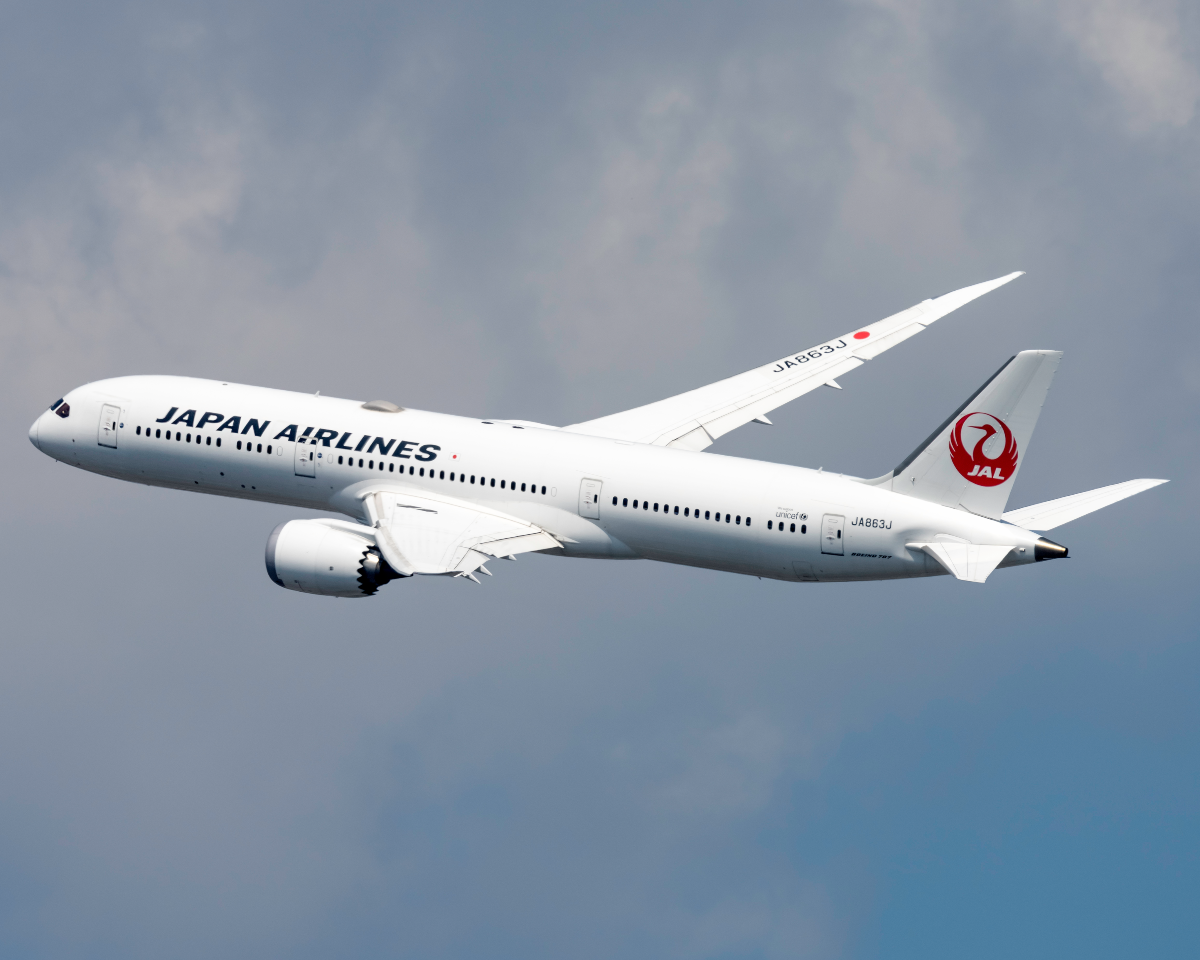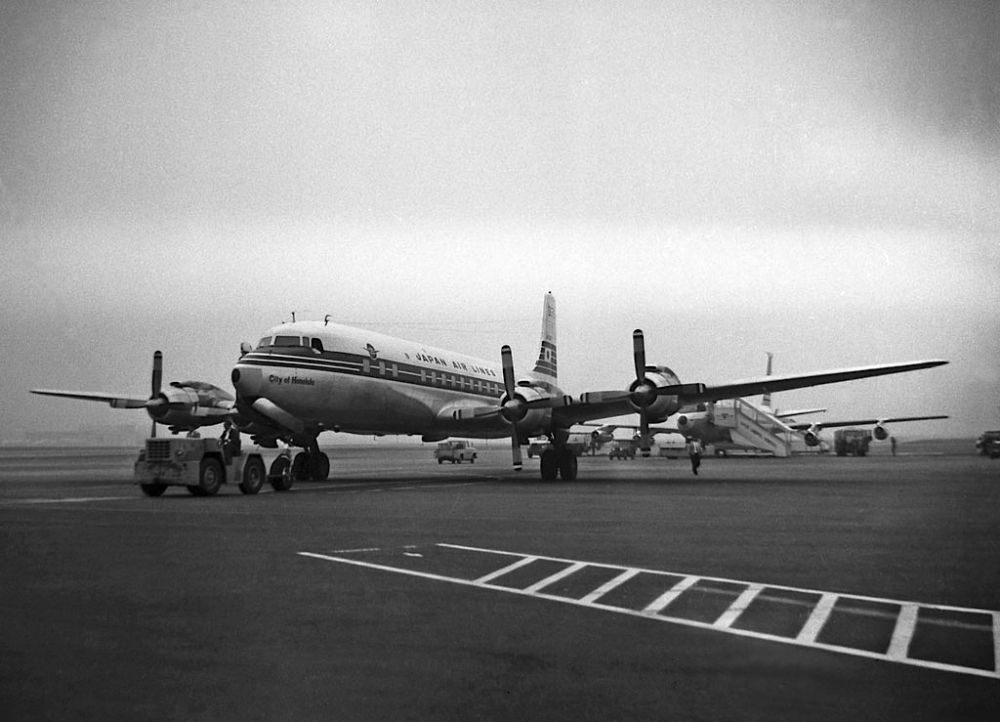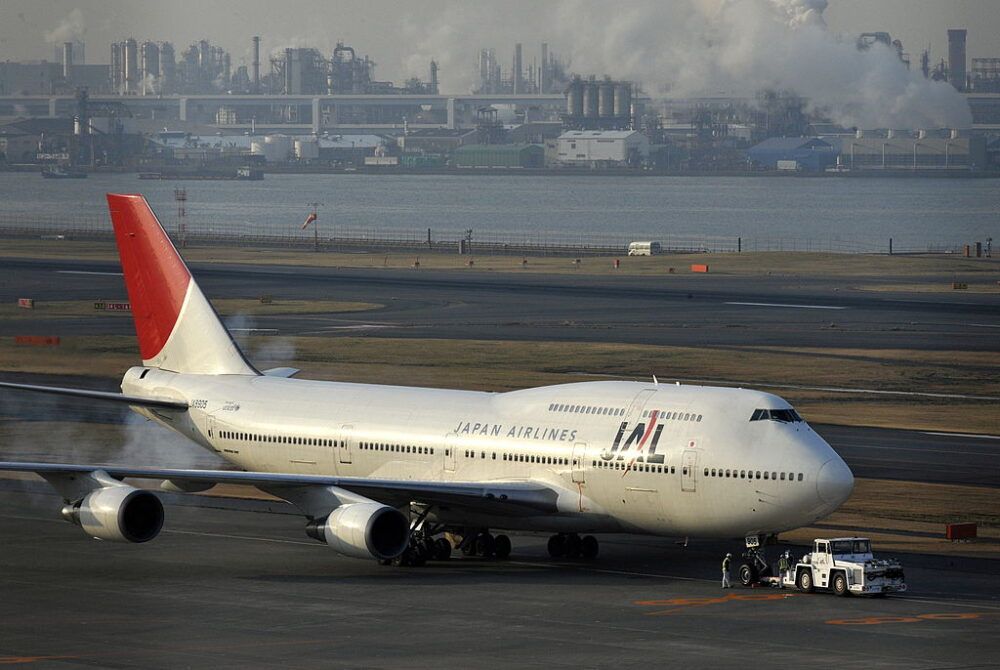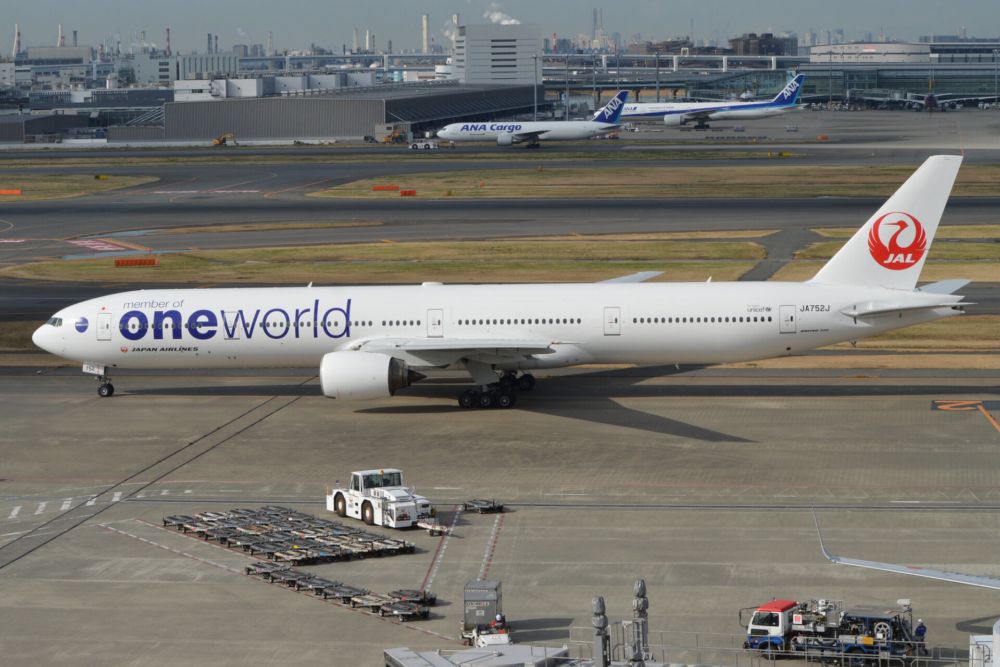Japan Airlines has been in operation for over 70 years, and served as the country's flag carrier for 68 of them. With hubs at both of Tokyo's major airports, and secondary hubs and bases elsewhere in the country, JAL has a significant domestic and international reach. With more than 200 aircraft at its disposal, Japan Airlines has been in oneworld since 2007.
Founded in the aftermath of the Second World War, JAL came into existence in August 1951 with significant government backing. Within a decade, it had both begun flying internationally and received its first jets. These unlocked intercontinental markets for JAL, and it continues to serve destinations all over the world with its 217-aircraft fleet.
Stay informed: Sign up for our daily and weekly aviation news digests.
Initially a domestic carrier
Having been founded on August 1st, 1951, JAL commenced operations later that month, flying DC-3 services on an invitational basis. It eventually commenced scheduled operations two months later, using a Martin 2-0-2 and crew from Northwest Airlines. Its first three years saw it serve solely domestic cities, such as Nagoya, Osaka, Sapporo, and Tokyo.
International services began in February 1954, when JAL used a Douglas DC-6 to connect Tokyo with San Francisco. This route had stops in Wake Island and Honolulu. JAL also flew other Douglas designs, such as the DC-7, with which it could fly directly to Seattle.
The jet age
In 1960, JAL had a change of equipment on its Tokyo-Honolulu-San Francisco route. This came about when the airline's introduced its first jet design, the Douglas DC-8. The jet age marked a fruitful period of fleet development for JAL, who went on to fly 51 DC-8s until 1987. The Convair 880 was another of JAL's early jets, which sometimes flew transpolar routes.
When the 1970s rolled around, JAL continued its investment in US-built jets by acquiring Boeing 727s and 747s, as well as the McDonnell Douglas DC-10. The Japanese flag carrier ended up having a special relationship with the 747, and ended up being its largest all-time operator. It flew 108 jumbos in total, from the -100, -200, -300, and -400 variants.
As JAL's fleet diversified in the latter part of the 20th century, so did its network. Notably, beginning in 1978, the airline flew to Rio de Janeiro and São Paulo via Anchorage and San Juan. It later adjusted these services to have stopovers in Los Angeles and New York. JAL even operated a fifth freedom route from São Paulo to New York as recently as 2009.
Recent history
In terms of JAL's recent history, a key moment came in April 2007, when it joined the oneworld alliance. Along with Royal Jordanian, it was one of the first non-founders to join the group, and its subsidiaries also became affiliate members. This was the result of an 18-month process that began when JAL applied to join oneworld in October 2005.
Just two years after joining oneworld, heavy losses at JAL forced it to restructure and receive aid. Nonetheless, January 2010 saw it file for bankruptcy, making it the fourth-largest Japanese company ever to do so (largest all-time for non-financial companies).
Nonetheless, having now exited this protection, it has formed several key partnerships with its fellow oneworld members, even entering into joint ventures with some. It will now hope for a quick and strong recovery from the impacts of the coronavirus pandemic.
What do you make of Japan Airlines? how many times have you flown with the country's oldest carrier? Let us know your thoughts and experiences in the comments.




